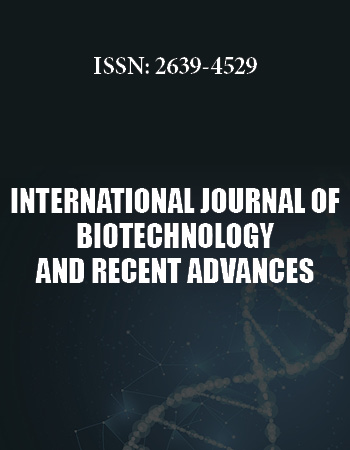International Biotechnology and Research Conference
April 25-27, 2018 Rome, Italy
Screening, Characterization, and Biocatalytic Capacity of Lipase Producing Wild Yeasts from Makiling Forest Reserve (MFR) Philippines
1Philippine Genome Center Agriculture, University of the Philippines Los Baños, Philippines
2National Institite of Molecular Biology and Biotechnology (BIOTECH) University of the Philippines Los Baños, Philippines
3Graduate School, University of the Philippines Los Baños, Philippines
Lipases (triacylglycerol acylhydrolases, E.C. 3.1.1.3) are enzymes generally used in several industrial applications. However, even with the numerous industrial applications of lipases, there are limited studies aiming to characterize and optimize lipase activity especially that of yeast lipase-producing microorganisms. This work aims to select and identify lipase-producing yeasts isolated from Makiling Forest Reserve (MFR), Philippines and to optimize conditions to maximize lipase production. A total of 144 wild yeasts were tested for their lipase producing potential and strain B1-7 showed the highest lipase activity in both solid and liquid selection media (7.6 EAI and 0.082 U/mL-min activity, respectively). Strain B1-7 was molecularly identified by sequencing the ITS1-5.8S-ITS2 region of the fungal rRNA operon DNA as Cryptococcus flavescens.The optimum conditions for maximum lipase activity (0.66 U/mL-min) of the putative C. flavescens strain obtained using Response Surface Method (Box-Behnken Design) were 5.0 C:N value, pH 6.0 and 0.5% inducer. Lipase activity was significantly affected by the C:N to percent inducer interaction (p= 0.010) and % inducer (p = 0.040). After a 72h fed-batch fermentation experiment, lipase activity was 0.115 U/mL-min. A negative correlation (R2= -0.426) was observed between lipase activity and biomass suggesting that lipase production did not depend on biomass. Moreover, no change in lactose concentration was observed suggesting that it was not used as the primary source of carbon. Hence, we can exploit the potential of producing a new strain for industrial application.
Biography:
Ms. Julianne Vilela is a University Researcher and Bioinformatician at the Philippine Genome Center, University of the Philippines. Ms. Vilela extensive training includes: Genome-wide Association Studies (GWAS), Quantitative Genetics and Genomics at Iowa State University, Iowa, USA, and Plant Genome and Bioinformatics Training at Boyce Thompson Institute for Plant Sciences, Cornell University, USA.


